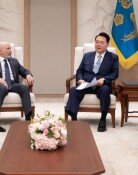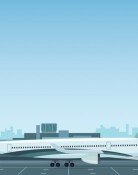Trial Record of Yi Bong-Chang Martyr Is Open to the Public for the First Time
Trial Record of Yi Bong-Chang Martyr Is Open to the Public for the First Time
Posted January. 08, 2002 09:05,
The record of the trial of Yi Bong-Chang Martyr, who tried to bomb the Japanese Emperor, by the Japan`s Supreme Court and newspapers was collected by Yi Bong-Chang Martyr Scholarship Foundation of Dankook University and the documents are in the process of translation.
The Yi Martyr case was classified as high treason by the Meiji criminal law (1880-1947) and judged through a single-trial system by the Japan`s Supreme Court. The treason related documents are released for the first time in history. The Yi Bong-Chang Martyr Scholarship Foundation, after its establishment in Nov. 2000, had repeatedly requested access to the documents from the Japan`s Supreme Court. The Supreme Court permitted the Foundation to make photocopies of the documents on the condition that the Foundation uses the documents only for the purpose of research. The 306 pages of the copied materials include the preliminary examination report, verification record, letter of judge`s opinion, trial record, Yi Martyr`s autobiographical memorandum in prison that describes his personal background and the contribution to the independence movement, fingerprint of Yi Martyr, his photo right after he was arrested, confiscated items, and telegraph from Kim Goo.
According to the record, Yi Martyr threw only one grenade instead of two grenades that he had, which is different from the previous record, at Emperor Hirohito who participated in the military parade in Tokyo on Jan 8th in 1932 in which the Japanese people showered their favors on him.
Such documents are crucial material in shedding light on the life and heroic act of Yi Martyr which has been barely known due to the lack of material on this young martyr who died in his age of 32.
The trial record of Yi Martyr and his memorandum in prison were discovered in 1994 by Choi Seo-Myon, a researcher of Korea-Japan Modern History and a chairperson of the International Korea Research Institute and the Donga Ilbo reported it in Dec. 15-17, 1999.
ksshim@donga.com







